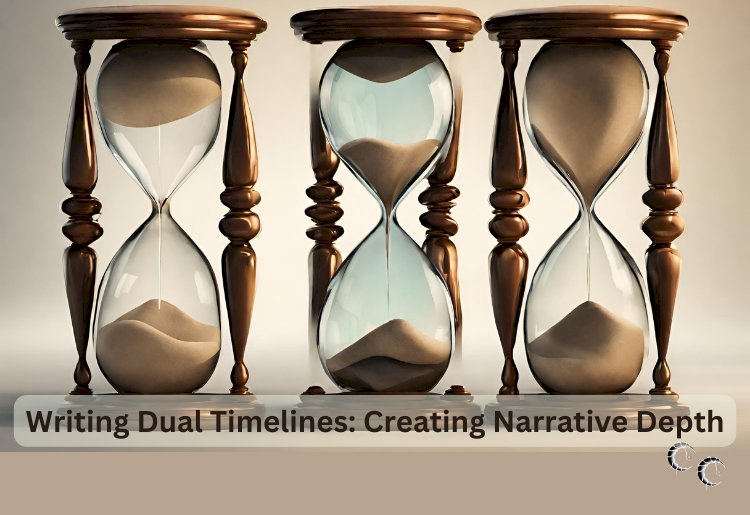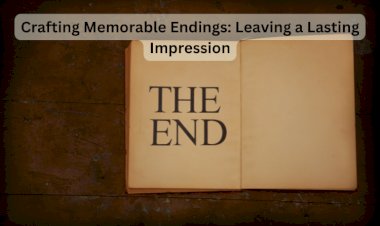Writing Dual Timelines: Creating Narrative Depth

Hey there, fellow storytellers! Are you ready to embark on a literary journey that spans across time and space, weaving together multiple timelines to create a tapestry of narrative depth and complexity? If you're intrigued by the idea of exploring parallel storylines, interconnected characters, and the ripple effects of past actions on the present, then you're in for a treat. In this article, we'll delve into the art of writing dual timelines and uncover the secrets to crafting compelling narratives that transcend the boundaries of time.
-
Establish Clear Connections: When writing dual timelines, it's essential to establish clear connections between the past and present narratives. Whether your story follows characters who are linked across generations or explores the impact of historical events on contemporary society, make sure that the connections between the timelines are meaningful and relevant to the overarching plot. Look for opportunities to foreshadow events, reveal secrets, and explore themes that resonate across time periods, creating a sense of continuity and coherence in your storytelling.
-
Create Narrative Tension: One of the most effective ways to engage readers in a dual timeline narrative is to create narrative tension between the past and present storylines. Use cliffhangers, plot twists, and dramatic reveals to keep readers guessing and eager to uncover the connections between the timelines. Build suspense by alternating between timelines at strategic moments, leaving readers on the edge of their seats as they piece together the puzzle of your story.
-
Develop Complex Characters: Dual timeline narratives offer a unique opportunity to develop complex characters whose lives span multiple time periods. Explore how your characters' experiences in the past shape their identities and motivations in the present, and vice versa. Delve into their inner conflicts, desires, and struggles, revealing how the passage of time has shaped their perspectives and transformed their relationships with others. By creating multi-dimensional characters with rich backstories and compelling arcs, you'll add depth and authenticity to your dual timeline narrative.
-
Use Setting as a Character: In dual timeline narratives, the setting often plays a central role, serving as a character in its own right that evolves over time. Whether you're exploring a historical period, a distant future, or an alternate reality, use vivid descriptions and sensory details to bring each timeline to life and immerse readers in its unique atmosphere and culture. Pay attention to how the setting changes over time, reflecting the passage of years and the impact of historical events on the physical environment. By using setting as a character, you'll create a richly textured backdrop for your dual timeline narrative, enhancing its depth and complexity.
-
Uncover Layers of Meaning: One of the joys of writing dual timelines is the opportunity to uncover layers of meaning and nuance that emerge as the story unfolds. Explore themes of memory, identity, and the passage of time, weaving together threads of past and present to create a tapestry of interconnected stories. Look for moments of resonance and reflection between the timelines, revealing how events in the past echo in the present and shape the characters' journeys. By digging deep into the layers of your narrative, you'll uncover hidden truths and profound insights that will resonate with readers long after they've turned the final page.
In conclusion, writing dual timelines offers a thrilling opportunity to explore the intersections of past and present, weaving together threads of history, memory, and imagination to create narratives that are rich in depth and complexity. By establishing clear connections between timelines, creating narrative tension, developing complex characters, using setting as a character, and uncovering layers of meaning, you'll craft a dual timeline narrative that captivates readers and leaves them eager to explore the boundless possibilities of your storytelling. So, grab your pen and parchment, and embark on a literary journey through time that will transport readers to worlds both familiar and fantastical.



























